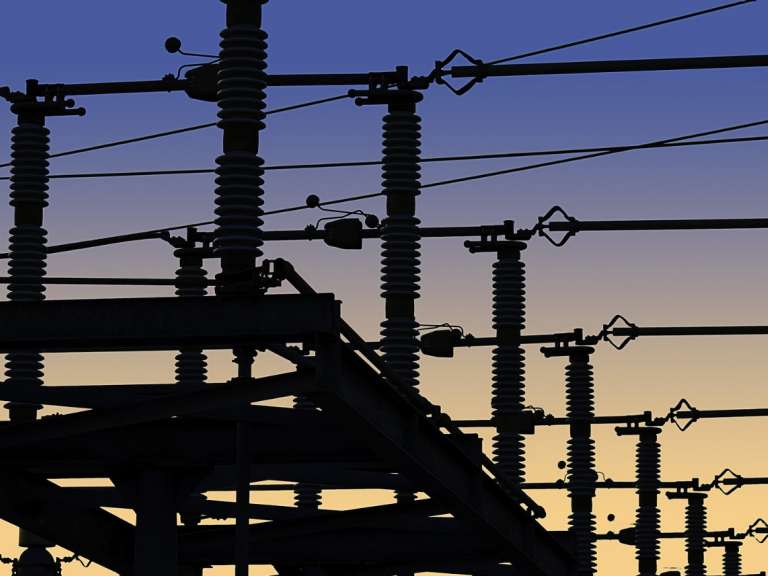Will Power-as-a-Service Become the Next Big Trend in Outsourcing?
Peter Kelly-DetwilerPower-as-a-service may become more widely adopted with advances in power plant digitization and for the stability it could bring to developing nations.

In recent years, there has been a growing trend of blank-as-a-service offerings across a range of industries. Countless cloud-based data solutions and software-as-a-service models are available. In the electricity sector, lighting-as-a-service (Laas) is growing rapidly, and consulting firm Navigant expects global LaaS revenue to reach $1.6 billion by 2025. On the supply side, power-as-a-service may also emerge and follow this trend.
This approach may not be that much of a stretch from the Power-by-the-Hour model trademarked by Rolls Royce 55 years ago and offered by various engine manufacturers to the airline industry. This model offers a complete engine operation and maintenance service, priced on the basis of operating hours. It's advantageous for both the vendor—as they see higher margins—and the operator, as there's no need to carry spare parts or maintenance technicians.
In these pre-specified arrangements, vendors assume the maintenance and performance risk in exchange for a fixed price that's tied to the delivery of predetermined quantities of megawatt-hours at specific times.
Recent advances in power plant digitization may help the power-as-a-service concept accelerate. Improved abilities to monitor the costs and health of generating facilities will give vendors a higher degree of confidence that they can deliver services while managing performance risk. For example, if a utility lacks accurate cost numbers, they might be hesitant to dispatch new assets, like a combined cycle generator. Luckily, there's an easy fix for this scenario. By installing sensors, operators can determine costs on a real-time basis, predict maintenance schedules and costs, and outbid the competition.
That in-depth knowledge and ability to assess and minimize risk serves as the necessary precursor to offering power-as-a-service. As more plants are equipped with state-of-the-art monitoring technology, contracts that guarantee specific outputs at static prices will become increasingly likely.
The power-as-a-service model may work better in some markets than in others. For example, it may not work so well in competitive electricity markets, where generation is migrating away from offering high volumes of base-load kilowatt-hours and toward offering valuable grid services such as frequency regulation and spinning reserve. Capacity factors are declining, reducing the overall energy output that's sold at fixed prices. Simultaneously, increased ramping activities and associated margins would be hard to anticipate in advance. Nonetheless, a shared-value approach might still work in this environment, with each party sharing the profits.
Power-as-a-service might find a foothold in vertically integrated markets if the regulatory structures are revised to allow utilities to earn a return on a power purchase agreement with a third party for specified outcomes. Such a concept might pass regulations, because it has the potential to yield savings and create more predictability for the ratepayer.
The most attractive markets for this approach might be in developing nations, where energy demand is growing, operators may not possess requisite levels of expertise, and efficiency can often be improved. In some of these markets, reliable power is desperately needed to support economic growth and social stability. State-owned utilities could be initial adopters of a service product that offers zero variability in costs and guaranteed reliability. A well-financed and well-capitalized third party could absorb the performance risk.
Finally, this approach might also lend itself well to renewable resources, such as wind farms. Some organizations are already offering products to increase the output from wind facilities. These offerings take a shared-value approach, as the intermittency of wind makes it difficult to contractually guarantee reliable and fixed output. A similar shared-savings approach is also being taken to increase the capability of existing transmission lines.
Such service offerings are still being explored and developed in the power industry, but trends toward digitization and outsourcing suggest that this contractual approach may soon take root. Today, an increasing number of companies are focusing on core competencies, while seeking to outsource other responsibilities to companies with greater expertise and the ability to manage performance risk.
Outsourcing energy may therefore be a logical next step. We could soon see the rapid emergence of such contracts, as well as arrangements that improve hard-to-quantify outcomes (such as wind energy output) in exchange for a fixed price or share of the profits. New digitized platforms increase this potential by providing owners and operators with more confidence concerning critical operating variables. This opens up possibilities that could not have been imagined just a few years ago.
Microgrid power system architecture is a growing trend. It involves discrete units that are independent of the main electricity grid and consist of a variety of generation assets and local distribution.
Eradicating hazards completely is impossible, but new power plant safety innovations can mitigate risk.
Power plant automation is alleviating more than just maintenance troubles—it's also tackling workforce management issues.